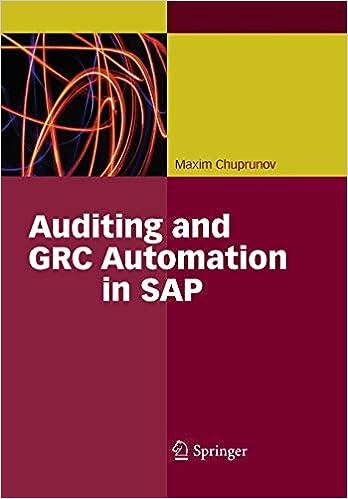Question
Economics Class A). An analysis of alternatives in which each alternative is quantified against a specific metric, often cost. B) All of the cost associated
Economics Class

A). An analysis of alternatives in which each alternative is quantified against a specific metric, often cost.
B) All of the cost associated with the design, acquisition, manufacture, operation, maintenance, and retirement of a product.
C) Costs that do not change relative to the number of units or volume of production.
D). Costs associated with corporate offices, management of the firm in general, and costs not associated with the sales or production aspects of the business.
E). A cost that is determined by what is missed, forgone, or lost by accepting a specific alternative.
F). A cost determined through an institutionalized system of rigorous analysis to find the normal or nominal cost.
G). Costs that can be directly attributed or traced to units produced.
H) Costs that can not be directly attributed or traced to units produced.
I). The portion of a CER for which accurate cost modeling can take place.
J) . An expenditure that has been made, and does not change regardless of which future alternative or course of action is chosen.
K). Value received at the end of an assets life when it is sold for scrap or to someone who intends to continue to operate the asset.
L). The production level for which there is no profit.
M). Costs that continue to occur financial period after financial period. 14. Costs that do not include cash payment to any organization.
N) Costs that can be either paid or avoided in any given year without significant changes to the companies standing and circumstances. 16. Costs that occur on a rare basis. They happen only once or at most a very few times.
O). Cost of selling a product including advertising, sales commissions, customer interface/service, and transport/storage/delivery of the product.
P). Costs that vary proportionately with the amount of product produced.
Q). The sum of direct materials, direct labor, and overhead. R). The cost to acquire an asset or piece of machinery.
S). Costs that represent a difference (increase or decrease) between two alternatives.
T) The cost for a corporation to borrow money expressed as a percentage rate. 23. The definition or description is not on this list.
20. Match the following concepts to its own definition Fixed Cost Variable Cost Administrative Cost Sales Cost Opportunity Cost Discretionary Costs Life Cycle Costs Standard Cost Incremental Cost Relevant Range Sunk Cost Indirect Cost Breakeven Recurring Costs Manufacturing CostsStep by Step Solution
There are 3 Steps involved in it
Step: 1

Get Instant Access to Expert-Tailored Solutions
See step-by-step solutions with expert insights and AI powered tools for academic success
Step: 2

Step: 3

Ace Your Homework with AI
Get the answers you need in no time with our AI-driven, step-by-step assistance
Get Started


